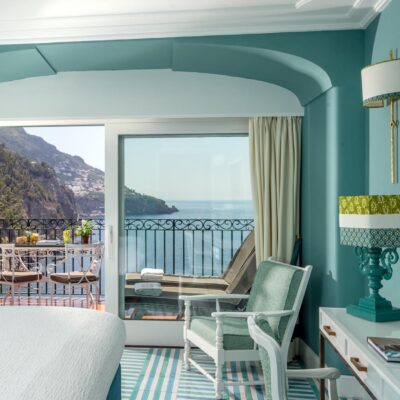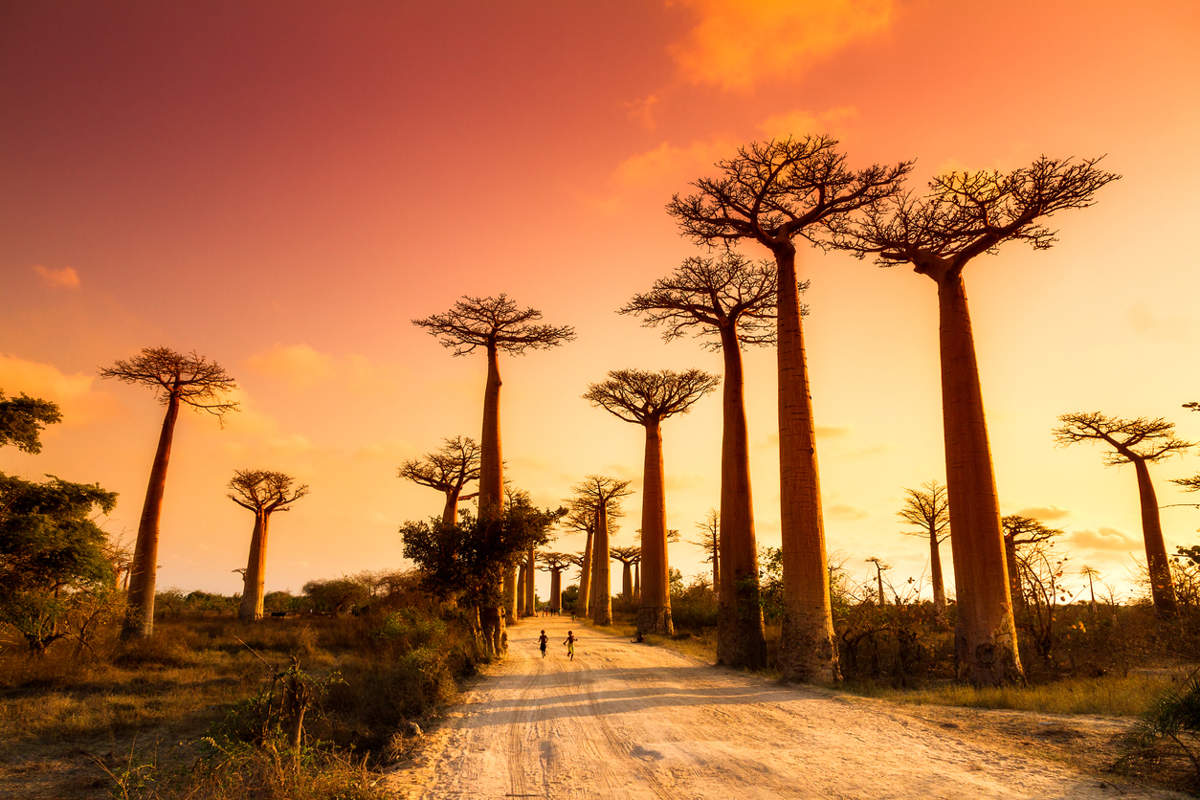
When one pictures Madagascar, the mind often drifts to the iconic silhouette of baobab trees against a burning sunset. Yet, this vast island – the fourth largest in the world – is far more than a single postcard moment. Stretching over 1,600 kilometres along the Indian Ocean, Madagascar is a mesmerising mosaic of red soils, cascading rice terraces, tangled rainforests, and coastlines that gleam under the sun. Known as the “Red Island” due to its rust-coloured earth, it is a place of both raw beauty and deep-rooted tradition.
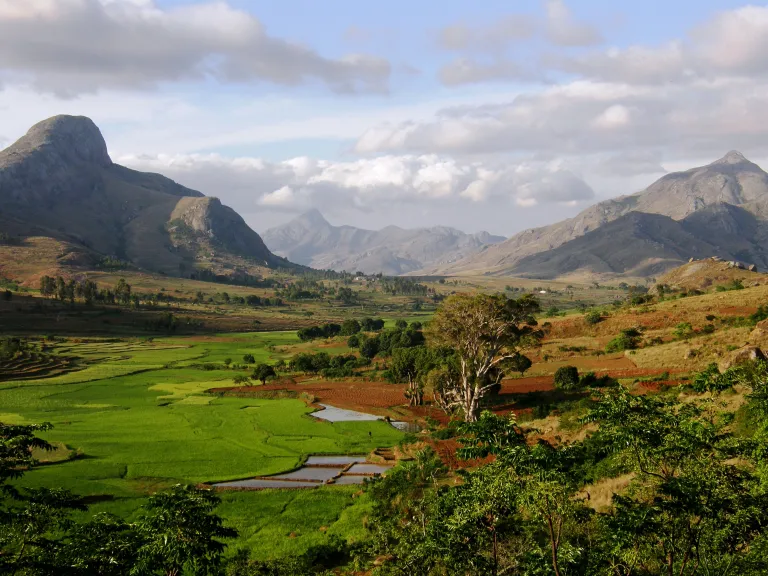
Any exploration of Madagascar typically begins in its lively capital, Antananarivo – or Tana, as it is locally known. Sprawled over 18 hills and pulsing with life, the city is a sensory feast of bustling markets, historic palaces, and street-side vendors serving freshly fried snacks. The local currency, the ariary, changes hands rapidly, and rice forms the backbone of nearly every meal.
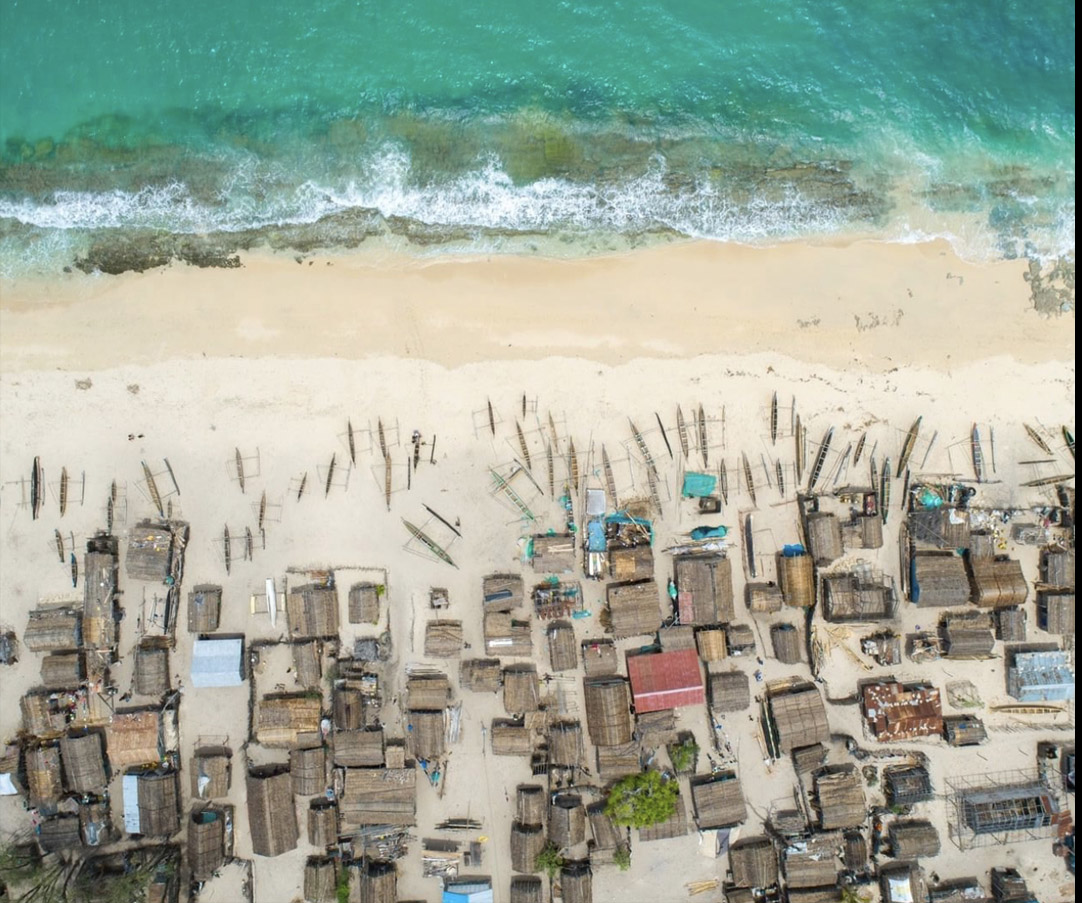
From Tana, the journey westward towards Morondava unveils a changing landscape. As the chaos of the capital fades, the Highlands open up into a rolling green tapestry where red earth meets verdant fields, and the scent of wood smoke hangs in the air. Overloaded taxi-brousses jostle for space, their drivers weaving between potholes with daring precision. In Antsirabe, 160 kilometres south of the capital, the island’s Asian heritage reveals itself in the brightly coloured pousse-pousses dotting the streets. As the road narrows and the landscape broadens, zebus graze in patchworked fields beside swaying sugar cane plantations and forests in slow decline – a visible reminder of Madagascar’s ongoing struggle with deforestation.
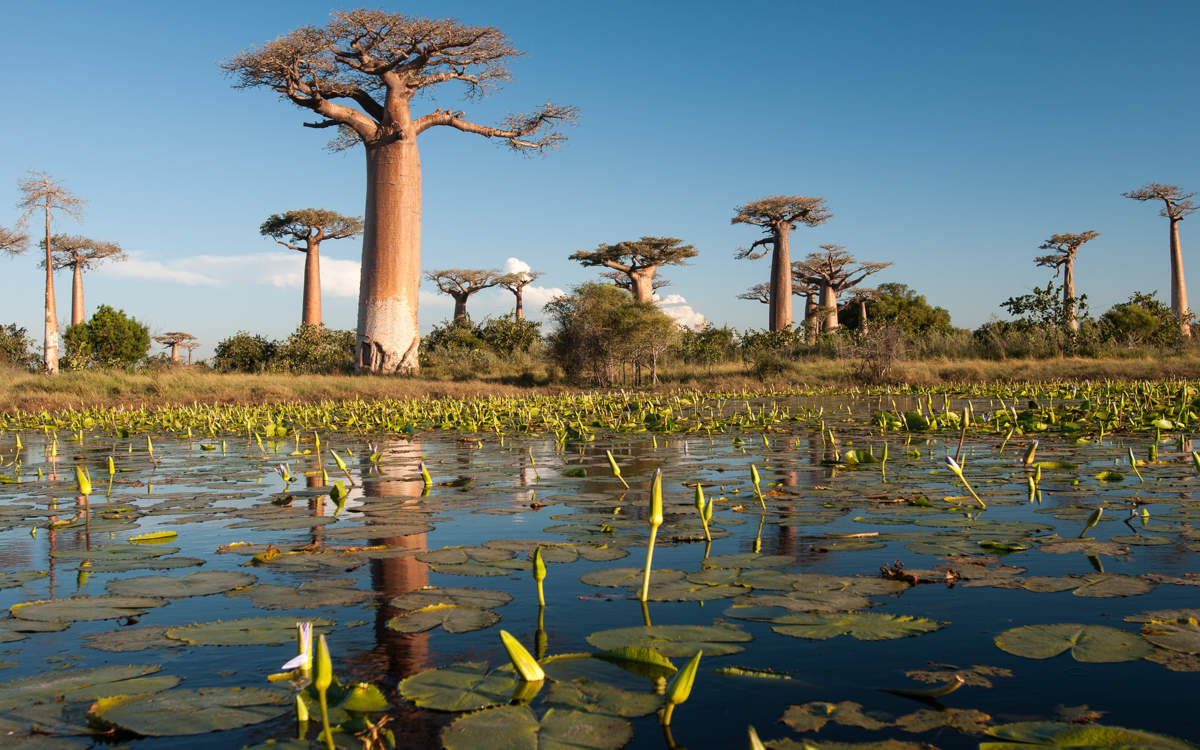
Approaching Morondava, the scenery shifts once more. Towering baobabs – specifically Adansonia grandidieri – rise above the rice paddies like ancient sentinels. Some of these trees reach up to 30 metres in height and are found only in Madagascar, mainland Africa, and western Australia. Remarkably, Madagascar hosts up to seven distinct species of baobab, earning it the poetic title of “the mother island of baobabs.” Though naturalist Gerald Durrell is celebrated for his devotion to the island’s fauna, it is these otherworldly trees that remain Madagascar’s most photographed natural wonder.

On the outskirts of Morondava lies the island’s most iconic vista: the Avenue of the Baobabs. As the golden light of evening stretches long shadows across the dusty track, the scene becomes almost surreal. Some of the trees intertwine their trunks, appearing like lovers frozen in time, adding a sense of poetry to the already dreamlike setting.

Further north, the Tsingy de Bemaraha National Park introduces one of Madagascar’s most extraordinary landscapes. Razor-sharp limestone formations stretch skywards, forming a petrified forest that seems lifted from the pages of a fantasy novel. These dramatic karst landscapes can also be found in places such as Ankarafantsika National Park, reinforcing the geological diversity that makes the island so unique.
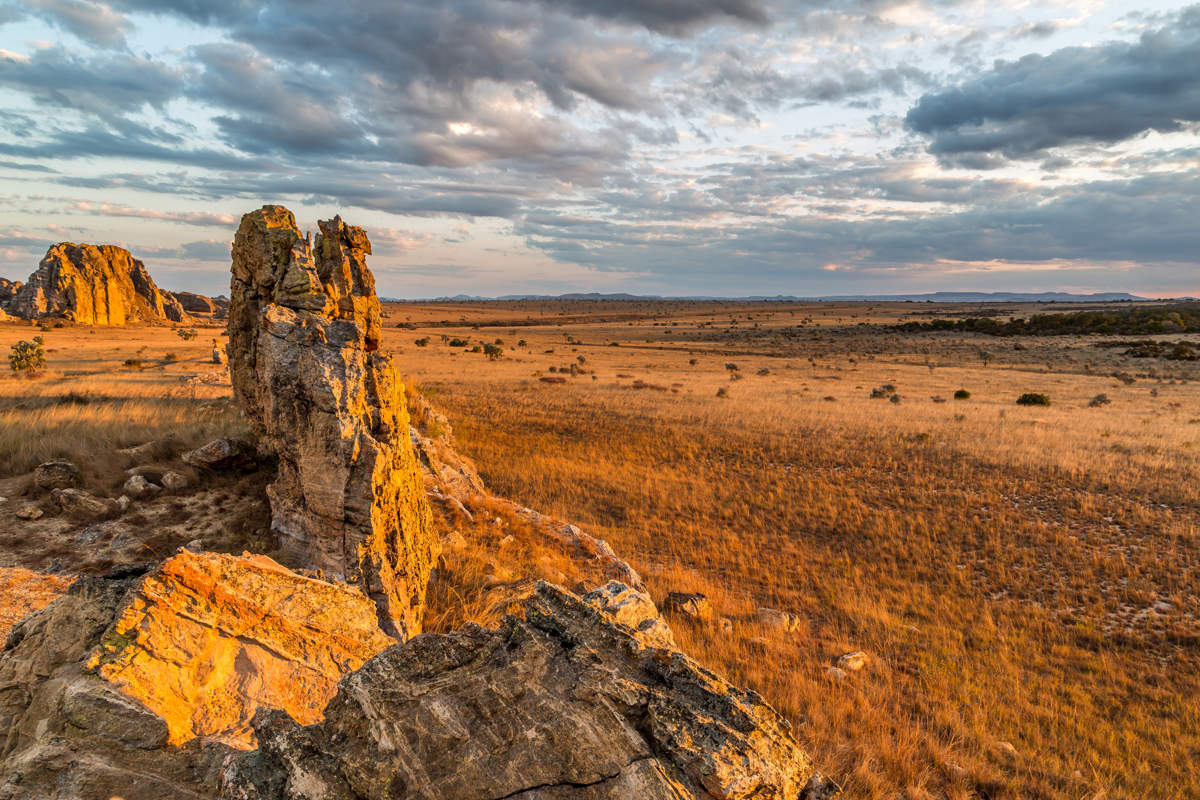
Heading south, past the vibrant town of Ambositra and its famed Savika festivals where young men attempt to mount powerful zebus, the route continues towards Fianarantsoa, an area ideal for treks through rice paddies and quiet villages. Madagascar reveals yet another side in Isalo National Park. Here, lemurs leap between canyon walls, waterfalls cascade into clear pools, and the landscape resonates with the songs of hidden birds. Beyond Isalo, near Tuléar, baobabs once again dominate the horizon, joined by beaches and open-air eateries serving zebu steaks infused with vanilla and local spices.
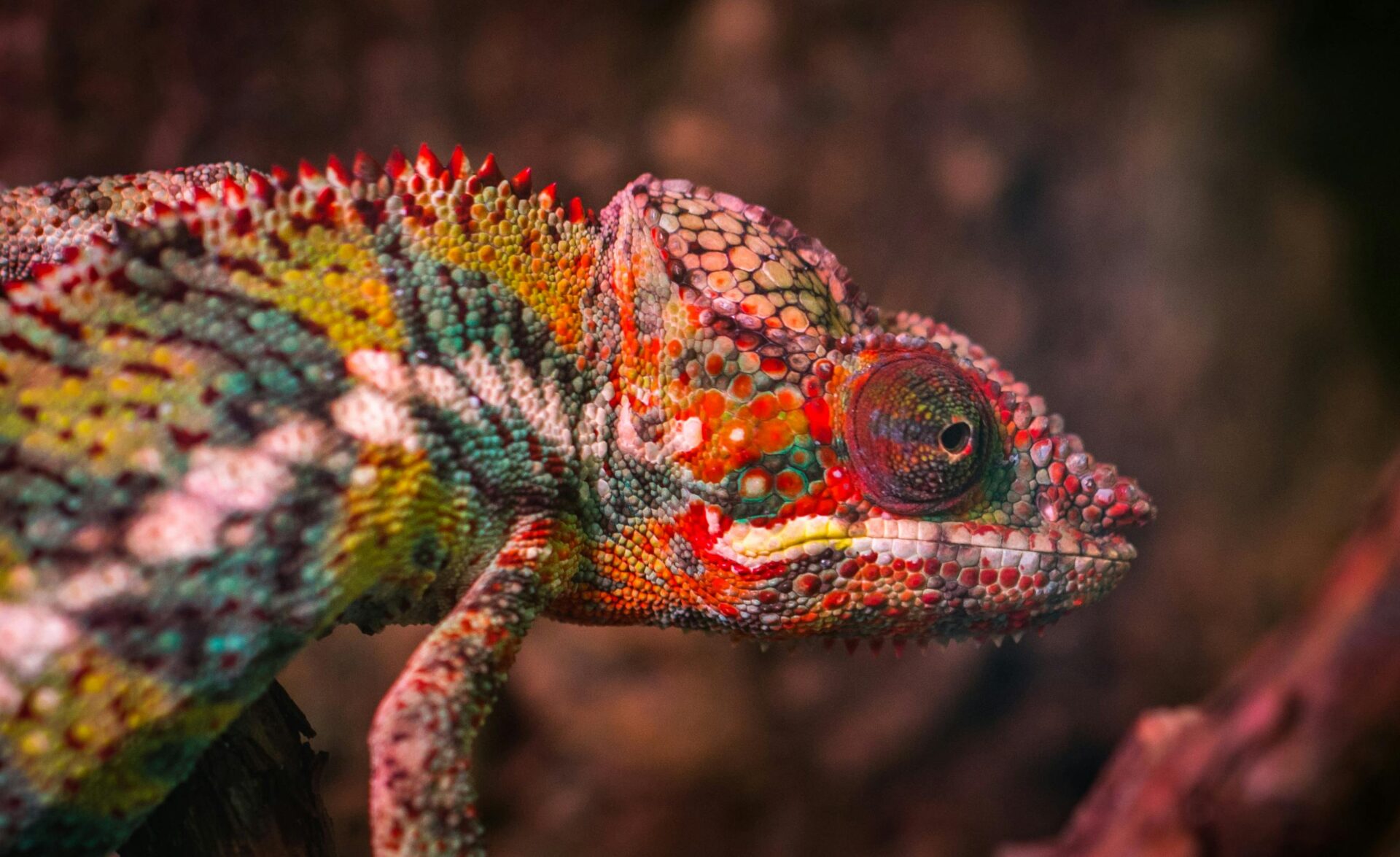
For a change of pace, travellers often take to the air, flying north to Nosy Be, Madagascar’s quintessential island escape. Palms lean lazily over white coral sands, and the surrounding waters teem with lobster, reef fish, and shimmering black coral. A similar paradise awaits on Île Sainte-Marie, off the eastern coast – a haven for snorkellers, whale-watchers, and those simply in search of serenity by the sea.
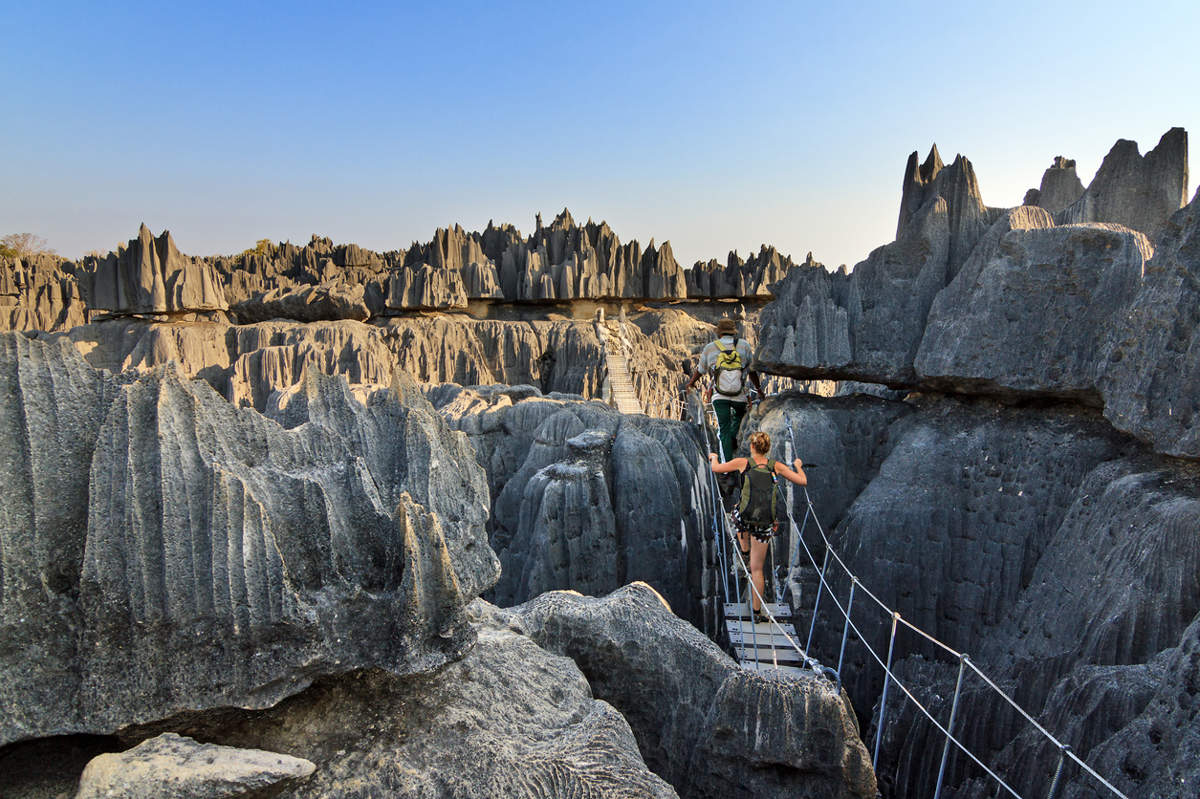
Following the coastline by land leads to Diego Suarez – now known as Antsiranana – a city marked by its colonial past and enduring legends. In the 17th century, it was said to have been the home of Libertalia, a pirate utopia where plunder was shared equally among seafarers. Though this republic of rebellion has long vanished, its myths linger in graffiti, stories, and the spirited culture of this far northern outpost.
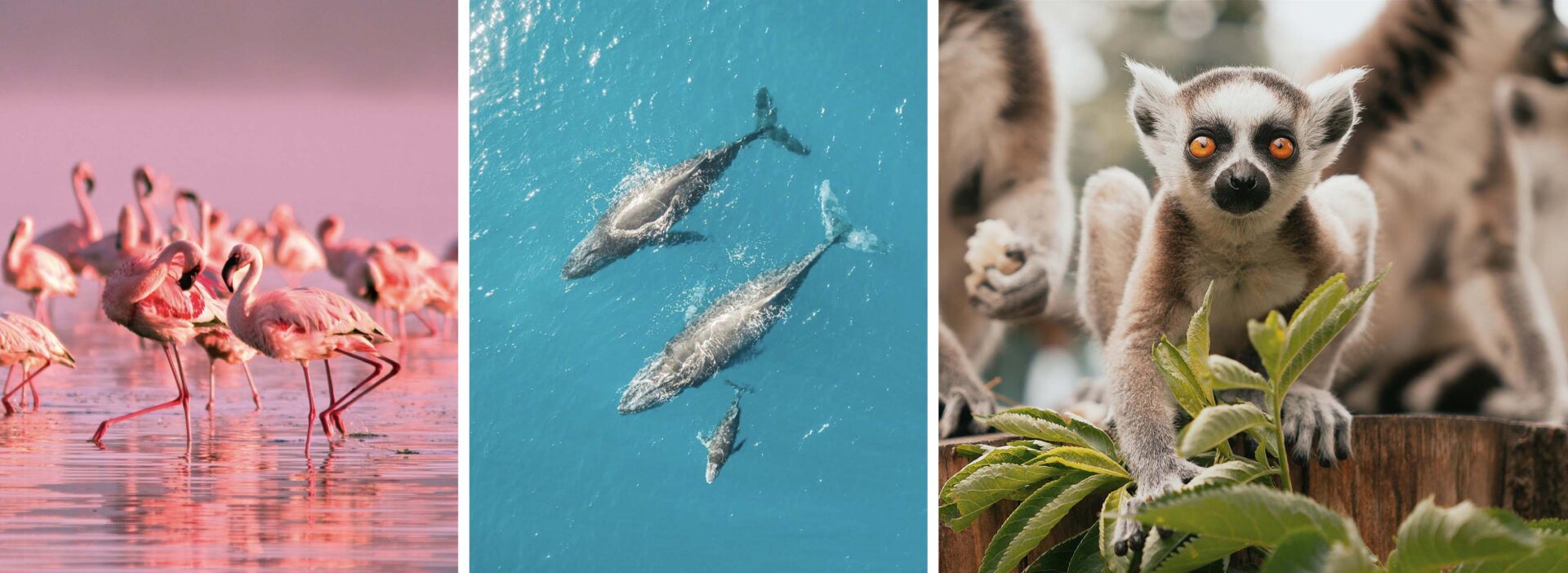
Madagascar remains a biological treasure trove, with over 90% of its species found nowhere else on Earth. From the elusive aye-aye – a nocturnal lemur with a twig-like finger – to the vividly coloured Parson’s chameleon, the island is a sanctuary for nature lovers. More than half of the world’s chameleon species reside here, including the thumb-sized Brookesia chameleon, one of the smallest reptiles on the planet. Yet perhaps the island’s most iconic residents are its lemurs. With over 100 species, they range from tiny nocturnal primates to the soulful-eyed Indri, whose haunting calls echo through the eastern rainforests. Tragically, many species are now endangered, their survival threatened by habitat loss and climate change.
Madagascar is more than a destination; it is a journey through a land of contrasts and wonders, where ancient traditions, surreal landscapes, and rare wildlife converge in unforgettable harmony.






